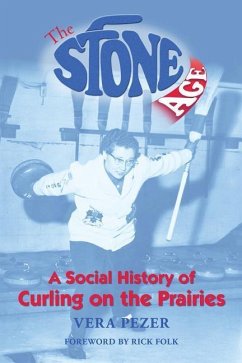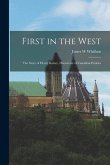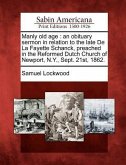The game of curling has been an intrinsic part of life on the Prairies since the 1800s. The smallest towns are home to a rink, a league, and even a local bonspiel. The Stone Age: A Social History of Curling on the Prairies chronicles the sport's development from a crude game played by fur traders on a frozen river, to the sophisticated Olympic sport it is today. In the early years, curling survived and adapted to a wave of immigration, railway expansion, two World Wars, and a depression, gathering countless fans along the way. Since the 1950s, curling has experienced an explosion in the number of men, women, juniors, and seniors who have taken up the game - both on the Prairies and across Canada - along with increasingly lucrative bonspiels, intense media coverage, and its share of controversy. The Stone Age looks at this important legacy of success both on and off the ice. It also highlights the careers of curlers such as Bob Dunbar, curling's first superstar, Sylvia Fedoruk, Joyce McKee, Ernie Richardson, Sandra Schmirler, all of whom made vital contributions to the development of the sport. Thanks to four-time Canadian Women's champion Vera Pezer's long and outstanding involvement in the game, she brings character and colour to The Stone Age, with her personal stories of the events, players, and reporters who brought curling from the Prairies to the world stage. The Stone Agewill be of interest to curling fans and Prairie history aficionados. It explores the impact of the sport on the cultural and social life of the Canadian Prairies and why it developed in a substantially different direction here than in its native Scotland or even Eastern Canada. More than that, for anyone with a love of the sport and history, The Stone Age provides a purely entertaining read.








